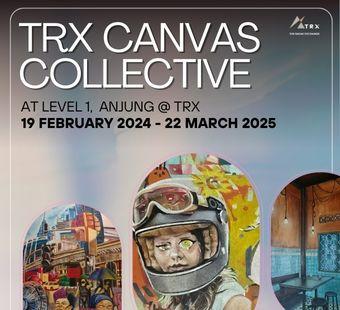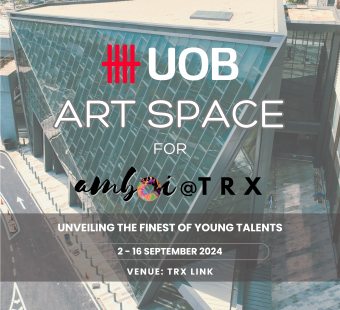Petaling Street is as old as KL itself, hosting commercial activities as early as the late 19th century when wealthy Chinese traders constructed ornate shophouses around Jalan Tun H.S. Lee, previously known as High Street.
Busy, noisy, crowded and colourful – these are the words commonly used to describe Petaling Street, KL’s Chinatown. With the constant renewal and upgrades over the years, Petaling Street provides a glimpse into the dynamism that drives KL as a city.
Petaling Street’s entrance is flanked by two distinctive Chinese arches on its two ends, , roofed by a giant green awning cover dubbed the “Green Dragon”. The ‘Green Dragon’ was constructed in 2003 as part of a larger scheme to revitalise one of KL’s oldest commercial districts into one of the city’s main tourist destinations, along with the decision to fully pedestrianize much of the street, transforming the area into a large and vibrant street mall.
KL Chinatown’s history is as old as KL itself, with the area already beginning to be host to commercial activities as early as the late 19th century. Wealthy Chinese traders constructed ornate shophouses around Jalan Tun H.S. Lee, previously known as High Street, reflecting the growing wealth and prosperity of KL during its early heydays. While KL’s financial activities have shifted to the newer parts of town, Petaling Street’s commercial vibrancy and energy remains to this day.
Haggling is a norm here, and the shops lining the street sell everything imaginable; clothing, prayer items, home decorations, books, and even gadgets. While counterfeit items used to be sold openly there, stricter enforcement by the Malaysian authorities in recent years means that you might not be able to find the RM50 Prada imitations anymore. The increase of police presence in the area has also weeded out much of the criminal elements once prevalent in this area.
Petaling Street is also famous for its traditional hawker joints and kopitiam style eateries for delicious, cheap eats, from Shin Kee’s beef noodle to the Old China Café’s crispy pai tee, and from spicy naan at Yusoof and Zakhir to Bunn Choon’s fresh-out-of-the-oven egg tarts. The culinary scene has diversified in recent years, as the street’s rejuvenation paved the way for a modern café explosion in the area. Trendy cafes now stand side-by-side with old, family-owned eateries.
The Merchant’s Lane, housed in a beautifully restored Straits shophouse, is a living example of urban rejuvenation done in a way that preserves local aesthetics and traditional design sensibilities.





